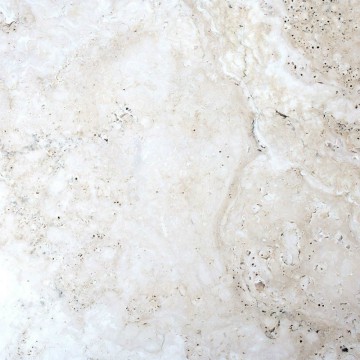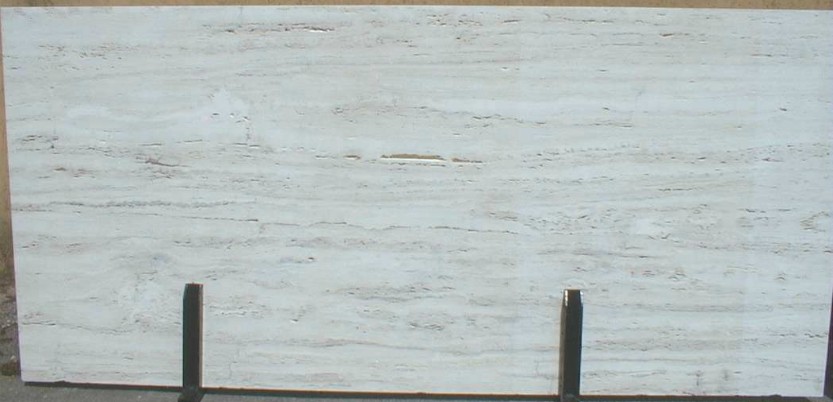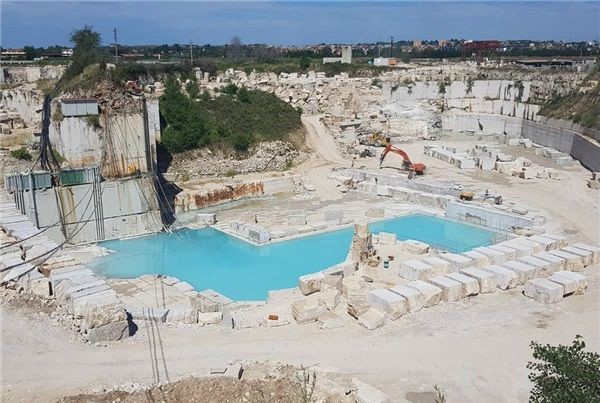White Travertine

White Travertine is sometimes referred to as Bianco Travertine. There are numerous products described as white travertine but here we are specifically talking about White Travertine from Italy which is quarried in the Tivoli region close to Rome.
The stone is a white pastel colour and is extracted from quarries in Fosse and Valle Pilella1. These travertine deposits like the others in the Tivoli2 area were formed when the ancient volcanoes of the Tuscany region warmed hot springs.
White Travertine contains small holes these are from gas bubbles and plant matter which has since decayed. All the White Travertine products on this site are filled with epoxy resin. This serves a dual purpose. Firstly, it makes the stone more durable for polishing. And secondly it makes the stone easier to maintain once in use. This is due to the prevention of dirt getting trapped in the holes.
Travertine can be cross-cut or vein-cut, this is simply the direction in which the stone is cut. If it is against the bedding (or vein) this means it is a horizontal cut across the top of the block. The result is a more circular type pattern in the stone.
Whereas vein-cut is where you cut along the bedding (or vein). This is a vertical cut. This creates the typical flow or swirl like pattern going through the travertine. Below you can see a White Travertine slab which has been vein-cut.

This White Travertine quarried in the Tivoli region (pictured below) can be used in both commercial and residential settings. Its use stretches back to the times of the Roman Empire where it was used in the decoration of villas3, the construction of fountains and buildings around Rome. The use of this historical stone extends into the present where it can be seen in a range of applications including external cladding, travertine tiles, wet rooms and luxury furniture.
White Travertine is one of the very oldest decorative stones which is still in use today, its use dates back approximately 2500 years. This is a material which has well and truly stood the test of time. Using this stone will give you a material which lightens the feel wherever it is deployed whilst simultaneously radiating beauty.
